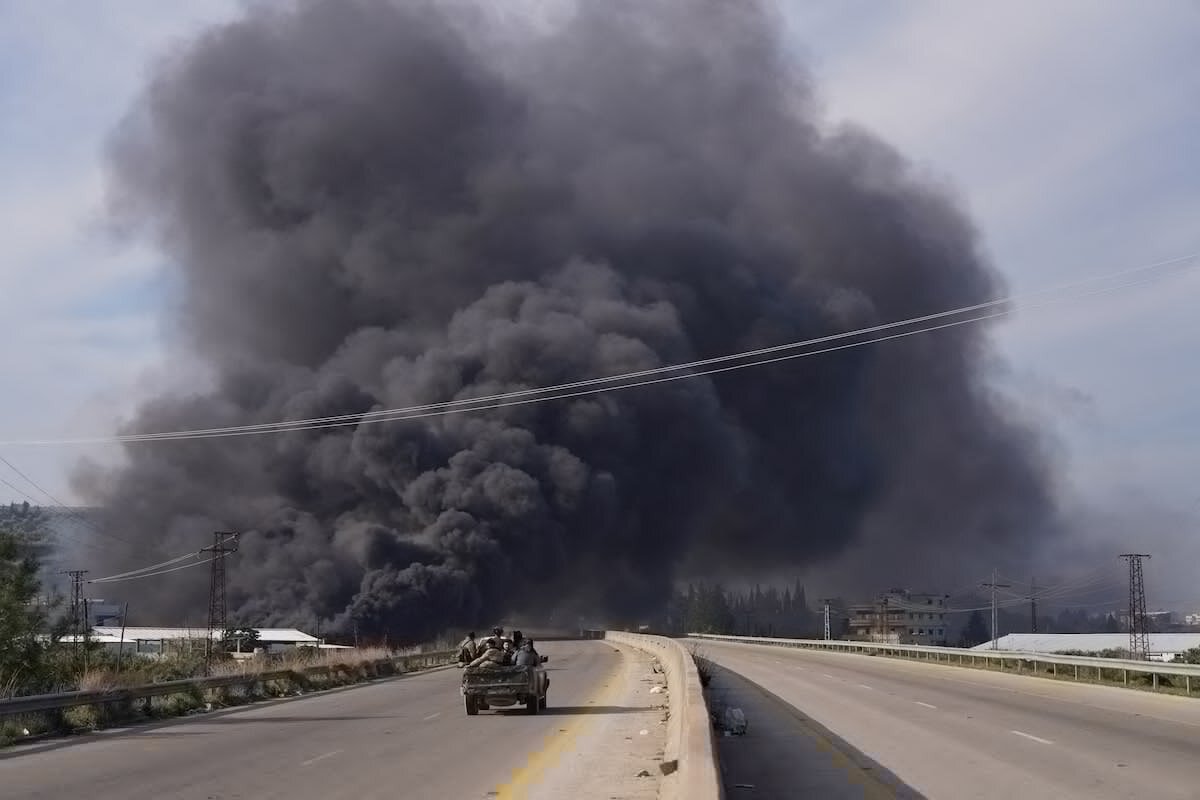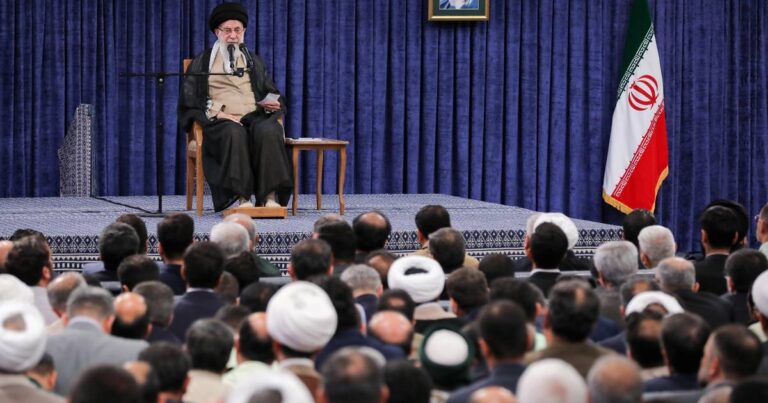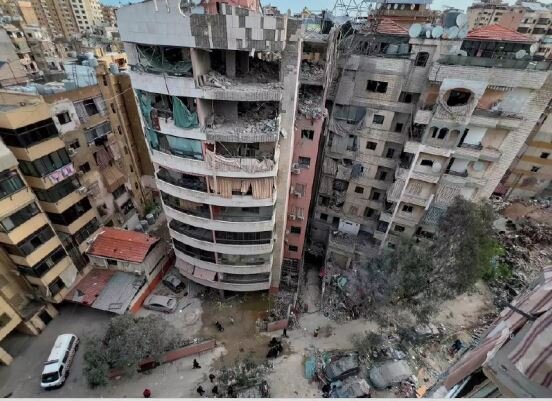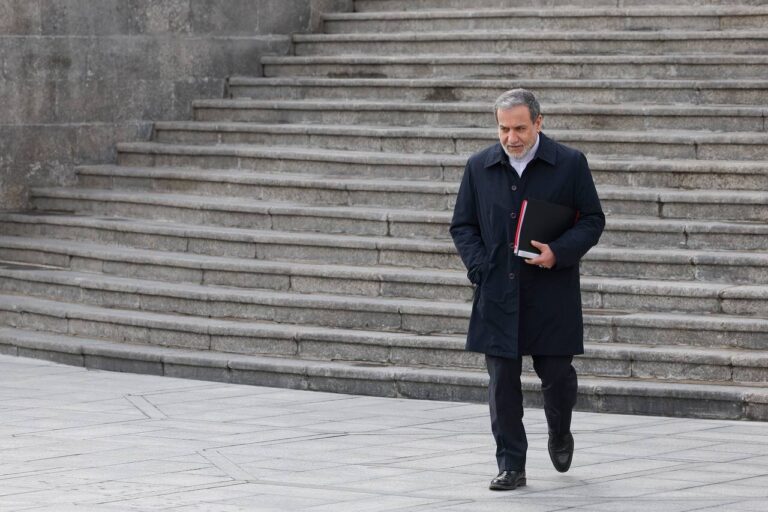Israel Strikes Back: Confirms Elimination of HTS-Led Militants in Syria
The recent military actions in southern Syria have drawn significant attention, particularly with reports indicating that the Israeli military has targeted several “fighters” in the Dara’a governorate. These operations are part of Israel’s ongoing strategy to dismantle what it perceives as threats in the region, focusing on the confiscation of combat equipment and the destruction of terror infrastructure.
In a series of airstrikes that took place early Thursday morning, Israeli warplanes launched attacks not only in Dara’a but also in the capital Damascus and the central province of Hama. This military initiative underscores Israel’s commitment to undermining military assets amidst escalating tensions in the area, as noted by Press TV.
Here are some key points regarding the recent airstrikes:
- Targets: The strikes primarily targeted military infrastructure, including Hama Military Airport, which experienced around 18 recorded hits.
- Casualties: Reports indicate that seven individuals were killed, including four officials from the HTS-led administration’s Ministry of Defense, with an additional 12 people injured.
- Damage Assessment: The airstrikes resulted in significant damage to military aircraft and infrastructure, rendering Hama Military Airport completely inoperative.
The HTS-led regime’s Foreign Ministry has condemned the Israeli strikes, labeling them a “blatant violation of international law.” In a statement on Telegram, the ministry called upon the international community to exert pressure on Israel to comply with established international norms. They characterized these strikes as an effort to normalize violence against Syria and further destabilize the country.
In Damascus, the Israeli fighter jets specifically targeted the Centre for Scientific Research located in the Barza area. Eyewitnesses reported seeing a significant plume of smoke rising from the site, indicating the severity of the attack.
In response to the airstrikes, Israeli forces confirmed their actions, stating that these strikes were necessary to target “military capabilities” present at various Syrian bases, particularly in Hama and Tiyas Air Base (T-4) in Homs, as well as military infrastructure in Damascus.
Israeli media sources have suggested that the strike on the T4 base was intended as a “message to Turkey.” Reports indicate that Turkey is seeking to establish a military presence in the region and is preparing to deploy air defense systems at the T4 site. Israel perceives this potential Turkish military presence as a direct threat to its operational capabilities over Syria.
Last week, a senior Israeli military official expressed concerns that the establishment of a Turkish air base in Palmyra could escalate regional tensions and increase the likelihood of conflict with Israel. This sentiment highlights the precarious balance of power in the region.
The ongoing military operations by Israel reflect a broader strategy aimed at maintaining its national security amid complex regional dynamics. As tensions rise, the implications of these military actions could have far-reaching consequences not only for Syria but for the entire Middle Eastern landscape.
Looking forward, it remains to be seen how these developments will unfold. The international community is closely monitoring the situation, as further escalation could lead to wider conflict in the region.
For now, the situation continues to evolve, and both local and international observers are keeping a vigilant watch on the actions and responses from all parties involved.






